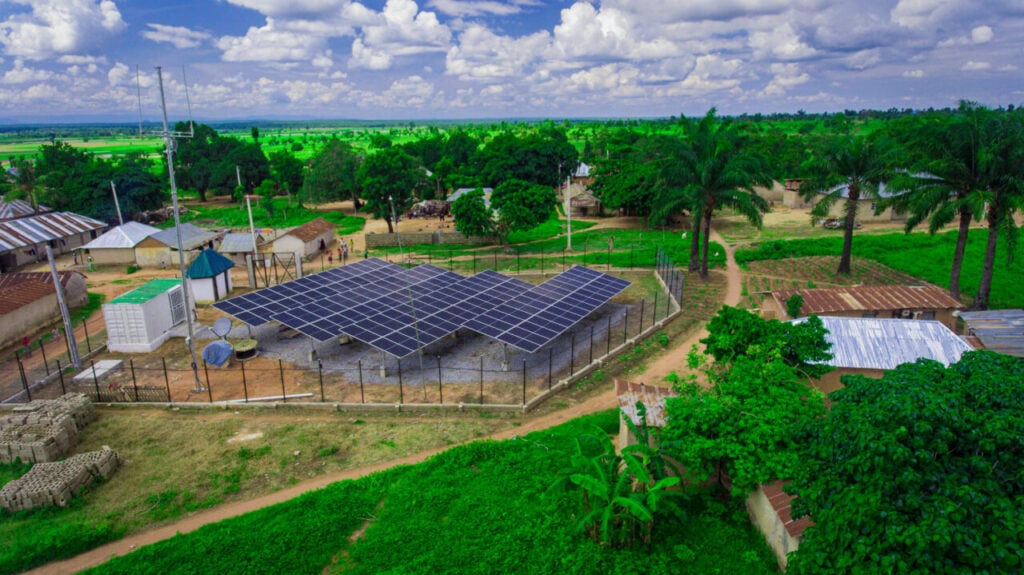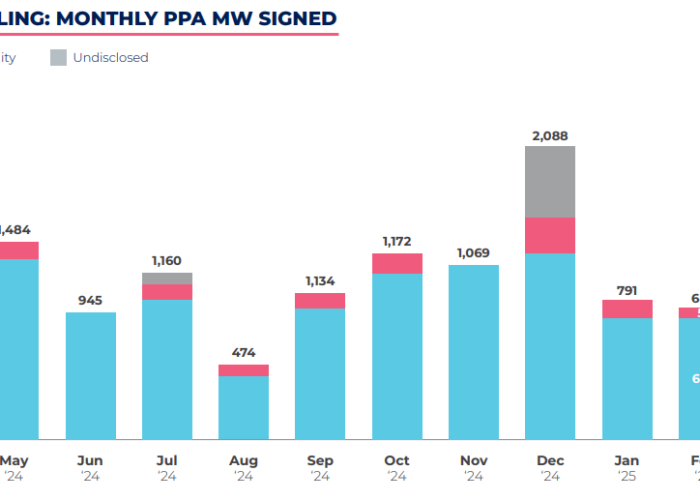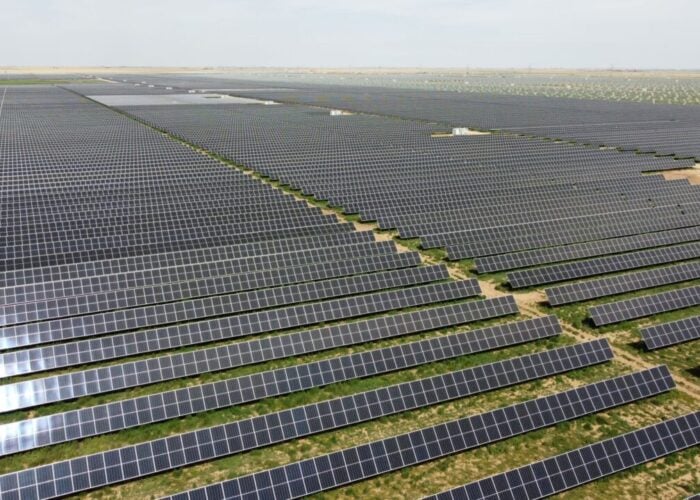
The world invested just over US$300 million into the off-grid solar sector in 2024, a 30% year-on-year decline in total funding and a 70% fall in start-up capital.
These are some of the key figures from the latest report from the Global Association for the off-grid solar energy industry (GOGLA), published yesterday. While these figures make for initially discouraging reading, the GOGLA report argues for a more “promising” interpretation, and points to the reasonable stable investments in the scale-up sector as evidence of this trend.
Unlock unlimited access for 12 whole months of distinctive global analysis
Photovoltaics International is now included.
- Regular insight and analysis of the industry’s biggest developments
- In-depth interviews with the industry’s leading figures
- Unlimited digital access to the PV Tech Power journal catalogue
- Unlimited digital access to the Photovoltaics International journal catalogue
- Access to more than 1,000 technical papers
- Discounts on Solar Media’s portfolio of events, in-person and virtual
Or continue reading this article for free
In 2024, investors committed US$229 million towards scale-up off-grid solar projects, accounting for 77% of all off-grid solar investment. Crucially, this was only a marginal year-on-year decline, from just over US$240 million invested into the sector in 2023. While the majority of financing is off-balance sheet, and debt and equity investments fell by a greater proportion year-on-year, as shown in the graph below, this is still a notable example of stability.
Start-up investment, meanwhile, fell considerably, reaching US$48 million in 2024. This is the lowest debt and equity investment total seen in the last five years, and is less than one-third of the US$154.6 million seen in debt and equity financing in the start-up space the year prior.
Similarly, grant funding more than halved to just over US$1 million between 2023 and 2024, suggesting that investors of all types, and using all manners of financing mechanisms, were less interested in the start-up space in 2024.
A maturing sector
However, these falling investment figures do not necessarily reflect some inherent problem with the global off-grid solar sector. Indeed, the GOGLA report suggests that assessments of the financial landscape must take into account a broader decline in investment in Africa, and the maturation of the off-grid solar industry.
The report notes that African venture capital financing fell 25% year-on-year beyond just the energy sector, an important trend considering much of the world’s off-grid solar projects are concentrated in Africa. Figures from the World Bank’s Energy Sector Management Assistance Program (ESMAP) and GOGLA note that 80% of the world’s unelectrified population live in Sub-Saharan Africa, and off-grid solar alone provided 55% of new electricity connections for people in this region between 2020 and 2022.
The rapid acceleration of both solar capacity additions, and financial investments, into the off-grid solar space has also played a role. The latter trend is shown in the graph above, where a meteoric rise in investments and project commissioning, as governments are keen to bolster their energy security and investors are eager to act in a low-interest rate environment, will naturally be followed by a cooling of appetite for new projects.
This is not a unique phenomenon for off-grid solar, as a sector, or Africa as a market. Following Solar Media’s Solar Finance & Investment Europe event, held earlier this year in London, James Pinney, country head of Northern Europe at Cubico Sustainable Investments, told PV Tech Premium that the “period of very high growth in the renewables space” may be coming to an end as markets mature.
New financial mechanisms
In this context, the off-grid solar sector could benefit from novel and more sophisticated financial mechanisms, a topic that GOGLA head of performance and investment Drew Corbyn discussed with PV Tech Power last year. Corbyn said that the demand for off-grid solar projects remains “very high”, provided the mechanisms are in place to deliver these projects.
One such example named by GOGLA is results-based financing (RBF), where an investment is tied to the productivity of the asset, which can help minimise the perceptions of the asset’s risk in the eyes of potential investors. The off-grid solar sector has received US$900 million in RBF support, with more than half committed in the last two years, and projects such as Distributed Access through Renewable Energy Scale-up (DARES) in Nigeria are moving towards deployment.
This project is a US$750 million investment from the World Bank to improve Nigeria’s energy gap, with US$300 million earmarked for off-grid solar in particular.
“The affordability gap remains wide — estimated at US$9 billion — but it also defines the sector’s biggest opportunity,” wrote the authors of the GOGLA report. “With the right design, RBFs can dramatically expand the addressable market by making quality solar solutions affordable to millions more households and businesses currently priced out of access. Well-structured subsidies reduce end-user costs, unlock scale, improve unit economics and draw in commercial capital.”






